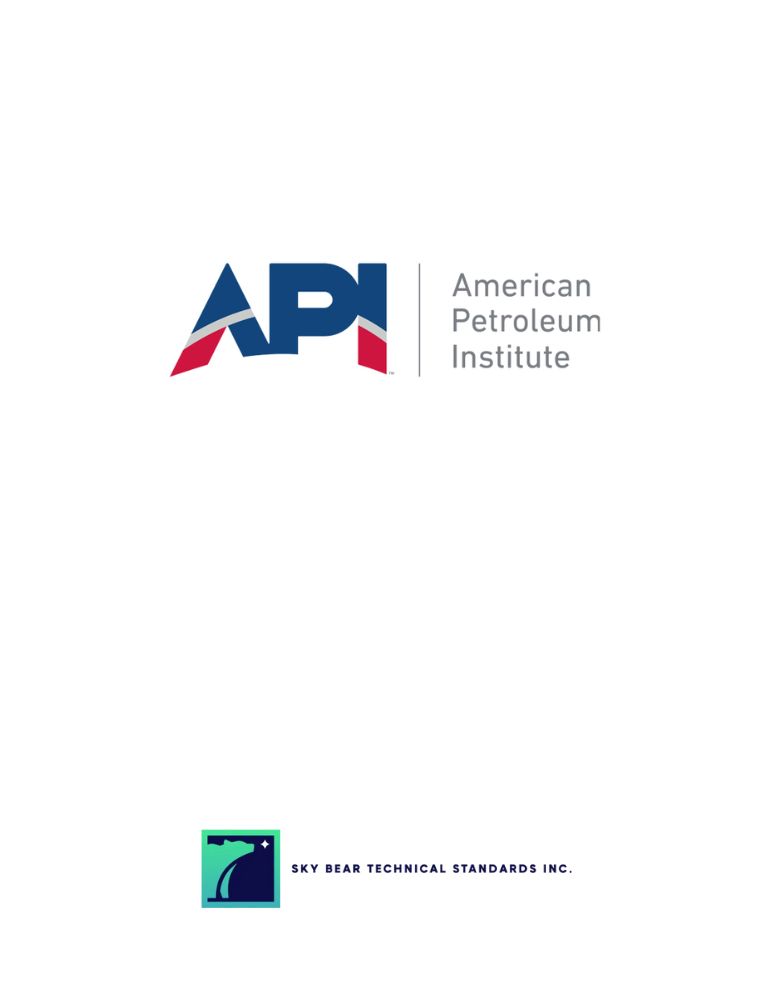Your cart is currently empty!

API 5SF
API RP 5SF – Evaluating Connection Performance in Multifractured Horizontal Wells
CDN $155.00
This publication was last reviewed and confirmed in 2025.
Description
The primary focus of this standard is to evaluate connection performance under the structural loads that typically occur in multifractured horizontal wells (MFHW). This standard may be used in conjunction with API 5C5 to subject the connection to structural loading before subsequent sealability evaluation.
This standard defines tests that may be used to determine the performance of threaded casing or tubing connections for use in multifractured horizontal wells (MFHW). This standard defines experimental loading conditions intended to simulate the various stages of MFHW construction and use—installation of casings, stimulation of surrounding formation, and production of hydrocarbons. Dynamic effects from such factors as thermal shock, vibration during running/rotating, and hydraulics are beyond the scope of this standard.
This standard does not address erosion or metallurgical impacts such as corrosion or hydrogen embrittlement. This standard also does not establish a singular testing program or acceptability criteria. Not all the test program elements (TPEs) presented in this standard may apply to all MFHWs; consequently, this standard provides flexibility in tailoring a testing program for the specific, anticipated field loads of a given well (or group of wells). End users are ultimately responsible for determining whether an evaluation program assembled from the TPEs presented in this standard is appropriate for a given set of field conditions. This determination will likely be based on historical practice, local regulatory requirements, and specific well conditions.
Edition
1
Published Date
2025-10-03
Status
Current
Pages
38
Format 
Secure PDF
Secure – PDF details
- Save your file locally or view it via a web viewer
- Viewing permissions are restricted exclusively to the purchaser
- Device limits - 3
- Printing – Enabled only to print (1) copy
See more about our Environmental Commitment
Abstract
The primary focus of this standard is to evaluate connection performance under the structural loads that typically occur in multifractured horizontal wells (MFHW). This standard may be used in conjunction with API 5C5 to subject the connection to structural loading before subsequent sealability evaluation. This standard defines tests that may be used to determine the performance of threaded casing or tubing connections for use in multifractured horizontal wells (MFHW). This standard defines experimental loading conditions intended to simulate the various stages of MFHW construction and use—installation of casings, stimulation of surrounding formation, and production of hydrocarbons. Dynamic effects from such factors as thermal shock, vibration during running/rotating, and hydraulics are beyond the scope of this standard. This standard does not address erosion or metallurgical impacts such as corrosion or hydrogen embrittlement. This standard also does not establish a singular testing program or acceptability criteria. Not all the test program elements (TPEs) presented in this standard may apply to all MFHWs; consequently, this standard provides flexibility in tailoring a testing program for the specific, anticipated field loads of a given well (or group of wells). End users are ultimately responsible for determining whether an evaluation program assembled from the TPEs presented in this standard is appropriate for a given set of field conditions. This determination will likely be based on historical practice, local regulatory requirements, and specific well conditions.
Previous Editions
Can’t find what you are looking for?
Please contact us at:
Related Documents
-

API TR 10TR3: Temperatures for API Cement Operating Thickening Time Tests
CDN $307.19 Add to cart -

API RP 1145: Preparation of Response Plans for Oil Spills from Offshore Facilities
CDN $235.40 Add to cart -

API RP 11BR: Recommended Practice for the Care and Handling of Sucker Rods
CDN $203.68 Add to cart -

API TR 10TR7: Mechanical Behavior of Cement
CDN $230.39 Add to cart







